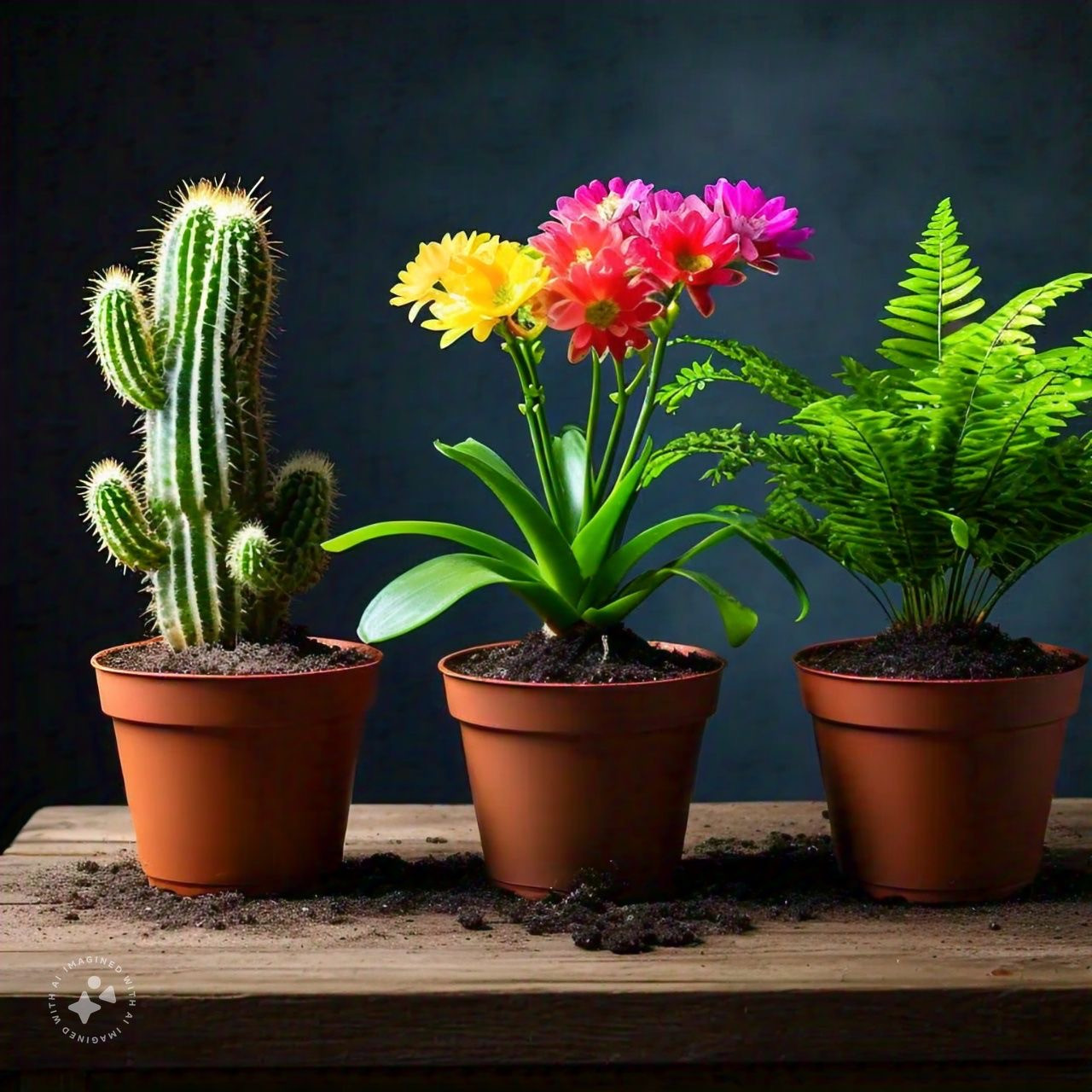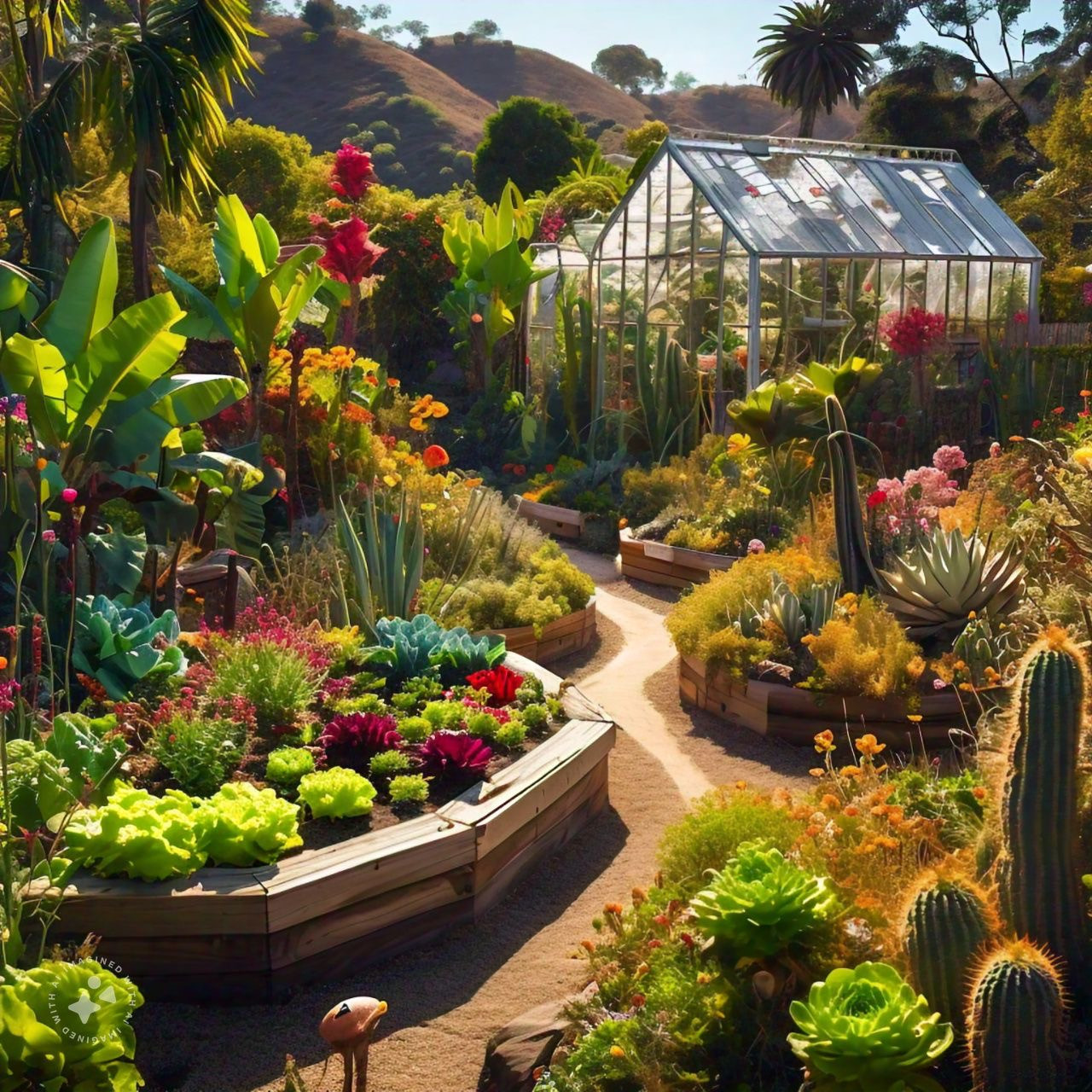How to Water Your Plants Correctly
Watering is one of the most essential aspects of plant care, but it’s also one of the most misunderstood. Whether you’re a beginner gardener or an experienced plant enthusiast, understanding how to water your plants correctly can make all the difference in their health and growth. This guide will walk you through the best practices for watering your plants, helping you avoid common mistakes and ensure your plants thrive.
1. Know Your Plant’s Watering Needs
Different plants have different watering requirements, depending on their species, growth stage, and environment. Understanding these needs is the first step in watering correctly.

- Succulents and Cacti: These plants are adapted to arid conditions and need less water. Allow the soil to dry out completely between waterings.
- Tropical Plants: Plants like ferns and calatheas thrive in humid environments and prefer consistently moist soil. However, they should not sit in waterlogged soil.
- Flowering Plants: Most flowering plants need regular watering, but it’s crucial to avoid wetting the flowers directly to prevent fungal diseases.
Tip: Research each plant’s specific needs or use a gardening app to get tailored watering advice.
2. Water at the Right Time
The timing of your watering can have a significant impact on your plants’ health.
- Morning: Watering in the morning is ideal because it allows the water to reach the roots before the day heats up, reducing evaporation and helping the plants prepare for the midday sun.
- Evening: If morning watering isn’t possible, evening is the next best time. However, be cautious not to overwater, as the cooler night temperatures can lead to water sitting in the soil, which increases the risk of root rot.
Avoid: Watering during the heat of the day. The water will evaporate quickly, and wet leaves can be scorched by the sun.
3. Water Deeply, But Infrequently
Rather than giving your plants a little water every day, it’s better to water them deeply and less often. This encourages roots to grow deeper into the soil, making the plants more resilient.
- Deep Watering: Water until you see moisture coming out of the drainage holes. For garden plants, use a soaker hose or drip irrigation to ensure water penetrates deeply into the soil.
- Frequency: Let the top inch or two of soil dry out before watering again, depending on the plant’s needs. This helps prevent overwatering, which can lead to root rot.
Tip: Use your finger to check the soil moisture level before watering.
4. Water at the Soil Level
Always aim to water at the base of the plant, directly at the soil level.
- Why: This ensures that the water reaches the roots where it’s needed most, rather than evaporating off the leaves or promoting fungal growth.
- How: Use a watering can with a long spout, a garden hose with a soaker nozzle, or drip irrigation to direct water to the soil.
Avoid: Spraying water over the entire plant, which can lead to diseases, especially in humid conditions.
5. Use the Right Amount of Water
It’s easy to either underwater or overwater plants, both of which can be detrimental.
- Signs of Underwatering: Wilting, dry soil, brown leaf tips.
- Signs of Overwatering: Yellowing leaves, soggy soil, mold on the soil surface, root rot.
Tip: Adjust your watering based on the season. Plants need more water in the growing season (spring and summer) and less during dormancy (fall and winter).
6. Use Quality Water
The quality of the water you use can also affect your plants.
- Tap Water: Most tap water is safe for plants, but it may contain chlorine or other chemicals that can build up in the soil over time. Let tap water sit out overnight to allow chlorine to evaporate before using it.
- Rainwater: Collecting and using rainwater is an excellent way to water your plants, as it’s naturally soft and free of chemicals.
- Filtered Water: If you’re growing sensitive plants, such as orchids or carnivorous plants, consider using filtered or distilled water to avoid mineral buildup.
Tip: If your tap water is hard (high in calcium and magnesium), it might be beneficial to use rainwater or distilled water occasionally to flush out excess salts from the soil.
7. Adapt to Your Environment

Your local climate and the conditions in your home or garden will also influence your watering schedule.
- Humidity: In humid climates, plants may need less frequent watering as the moisture in the air slows down evaporation.
- Temperature: Higher temperatures increase evaporation, meaning you might need to water more often.
- Container Size: Plants in smaller pots dry out faster than those in larger pots, so adjust your watering schedule accordingly.
Tip: Group plants with similar water needs together to make watering easier and more efficient.
Conclusion: Water Wisely for Thriving Plants
Watering your plants correctly is a balance between understanding their needs, observing the environment, and adjusting your habits as necessary. By following these best practices, you can avoid the common pitfalls of overwatering or underwatering and help your plants flourish. Remember, the key to successful watering is consistency, attentiveness, and a little bit of trial and error. Happy gardening!